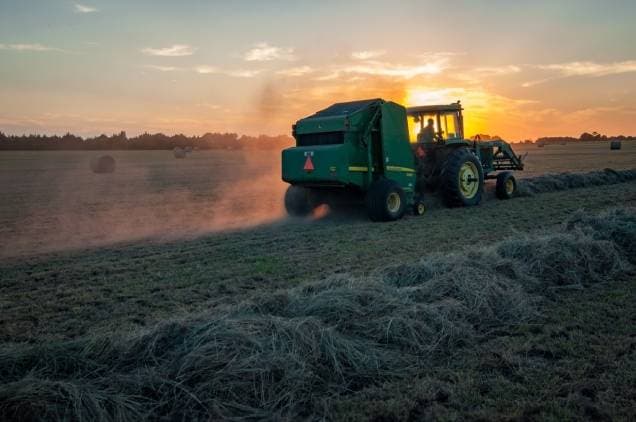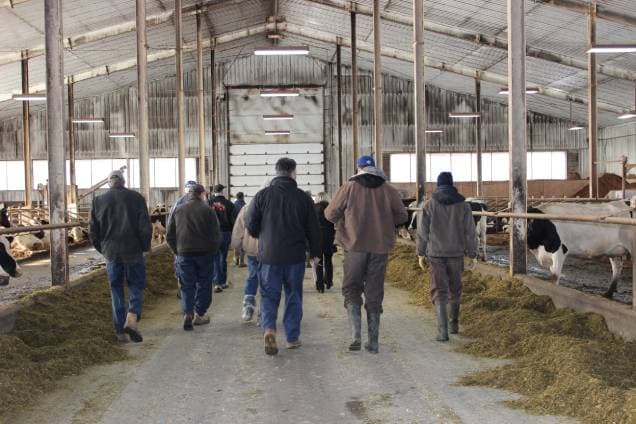The Farm Sustainability Assessment (http://fsatool.com/), outlines the requirement for emergency and incident procedures which would include developing your own emergency response plans to include the emergency response equipment that may be required for each emergency response plan. Some emergency response equipment to consider would be firefighting equipment. Simply we can look at the fire extinguisher. Do you have the correct class and size of fire extinguisher for the work area or equipment/machine? The correct class of fire extinguisher for the building or equipment may fall in one of the following categories: Type A – Ordinary combustibles such as paper, wood, and trash; Type B – Flammable Liquids such as gas or grease; or Type C – Electrical Equipment. You could also use type ABC for all of the three listed above. The correct size of fire extinguisher for the building or equipment/machine to consider is the size of the area and where fires are most likely to start. For example, for a large room, a 10-pound fire extinguisher may be best or for a small room, a 5-pound fire extinguisher may be best. Inspect the fire extinguisher every 30 days and mark it on the tag. Service the fire extinguisher once per year and keep the receipt for your records. For further detailed information consult the references below.
For further information consider the following resources:
- National Fire Protection Code (NFPA) 10 – Portable Fire Extinguishers.
- Part 4, Section 25 – Fire Protection & Escape of the Occupational Health and Safety General Regulations.
- Fire Safety Act and Fire Safety Regulations.



